Kirby’s Return to Dream Land Deluxe (Switch) Review
An Upgraded Classic
In 2011, Kirby’s Return to Dream Land was released on the Wii. True to its name, this was a return to form for the franchise and its first mainline home console release in over a decade. This entry sparked a Kirby renaissance throughout the 2010s and set a new standard for the franchise going forward. That was of course until 2022, which saw the release of Kirby and the Forgotten Land, a title that undoubtedly marks a new era for Kirby. So now with the release of Kirby’s Return to Dream Land Deluxe, we’re presented with a bizarre juxtaposition between two landmark entries in the Kirby franchise. This begs the question: How does the old gold standard hold up, coming fresh off the heels of its successor?
Kirby games have always been for everyone and Return to Dream Land Deluxe embodies this philosophy more than any entry in the series. Levels are designed to be accessible to players new and old. If you’re more experienced, you may find yourself toying with Kirby’s numerous copy abilities as you platform and bash through foes, while newer players may fully utilize Kirby’s infinite hover to avoid threats they’re unprepared for. These differing playstyles can intermingle thanks to the game’s four-player co-op to create a fun and chaotic environment for all. Being so unintimidating, it’s easy for me to hand a controller to even the most novice players with confidence they’ll get something out of it. That all said, in designing the game to accommodate so many playstyles the level design definitely suffers. Aside from reusing tired level themes, stages often feel too wide open or devoid of obstacles to overcome; This is especially the case if you’re playing solo, which I’ll say right now, isn’t where the campaign shines. Racing through levels, demolishing bosses, finding collectibles, and discovering new copy abilities are all best with friends. So if you’re going in alone, I’d recommend a game like Forgotten Land or Planet Robobot which are more distinctly tuned for that type of experience.
In the short time it took to roll credits on Return to Dream Land Deluxe it was clear that the innate charm of classic 2D Kirby wasn’t lost on me. It’s video game comfort food, especially for someone like me who grew up on the series. It’s simple and it’s fun; if that’s enough for you, you’ll have a delightful time, but I also won’t fault anyone for wanting more. Forgotten Land was a much-needed change-up for the series, but 2D Kirby still holds its charm, so long as entries are properly spaced out. A fresh helping of Kirby every now and then does the soul some good and there is indeed some truly new content in this deluxe edition.
The most obvious change from the get-go is the visual upgrades. The Wii version still holds up fairly well in my opinion, but Deluxe adds lots of little details to make it shine all the more. Environments are nicely decorated with new visual flairs and colors are much more vibrant. Characters have been given a distinct visual outline, which is meant to help them stand out. I’m a bit torn on this change since I don’t remember character tracking ever being an issue in the original, plus the outlines themselves make Kirby and the gang feel less like a natural part of their world. Finally, in the oddly most divisive change, King Dedede has been redesigned for what feels like the tenth time, now falling more in line with his Forgotten Land appearance. I don’t take too much issue with the new design, but it’s bizarre how much Dedede’s design shifts when in my opinion Smash Bros. nailed down the definitive design years ago.
Mecha and Sand join the copy ability lineup alongside the return of the Festival ability from Star Allies. Sand is a solid elemental ability that feels long overdue given the original had an entire desert-themed world. Then there’s Mecha which may just be my new favorite ability of all time. This ability is equipped with some of the most versatile attacks for fighting both grounded and aerial foes while also supplying Kirby with a jetpack. It feels outright broken in the best way.
Further emphasizing the multi-player is the new Merry Magoland mode, which the developers immediately note in-game is not canon to the Kirby timeline; no I’m not kidding, there’s a timeline. Here we find the biggest selection of subgames the franchise has ever seen, updating many from past titles. The quality of these subgames varies, but I think anyone could find at least one or two that appeal to their tastes. I love the intense rhythm gameplay of Crackity Hack and the chaotic struggle for survival in Checkerboard Chase. The 100+ missions and dozens of collectible masks even provide some nice play incentives whether you’re playing as a group or solo. Unlocking these masks of familiar characters had me grinning ear to ear, and added some simple but much-appreciated customization. While not a mode I see friends sinking hundreds or even dozens of hours into, it’s still a nice cherry on top of an already great multi-player sundae.
My favorite addition to Return to Dream Land Deluxe has to be Magolor’s Epilogue, which is essentially additional story content and lore for Kirby diehards. Rather than swapping from moveset to moveset like Kirby, Magolor gradually regains his powers, making him nearly unrecognizable by the end of the run. There’s a fair amount of reused content, particularly the bosses, but the new emphasis on combos and upgrades keeps things exciting to the end. By the end, Magolor was so overpowered I couldn’t help but replay every stage for a platinum medal.
Kirby’s Return to Dream Land Deluxe is classic Kirby for better and for worse. It’s not a student of innovation in any fashion, but rather a solid adventure spruced up with new bells and whistles. If you already experienced this classic on Wii it’s a hard sell at $60 USD, but if you’re a newcomer you’ll be in for a deluxe treat.
SCORES
GAMEPLAY - 8/10
VISUALS - 9/10
SOUND - 9/10
CONTROLS - 8/10
REPLAY VALUE - 7/10
OVERALL - 8.2/10
Learn more about Kirby’s Return to Dream Land Deluxe on the official Nintendo Store listing. A digital copy was provided by the publisher for this review. Screenshots were captured on Switch by the reviewer.
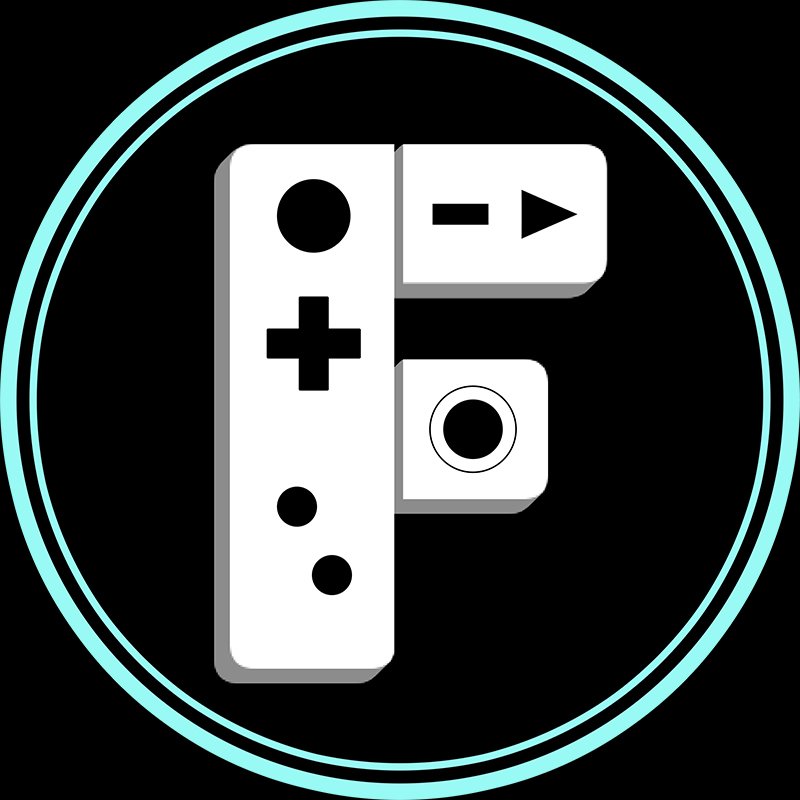

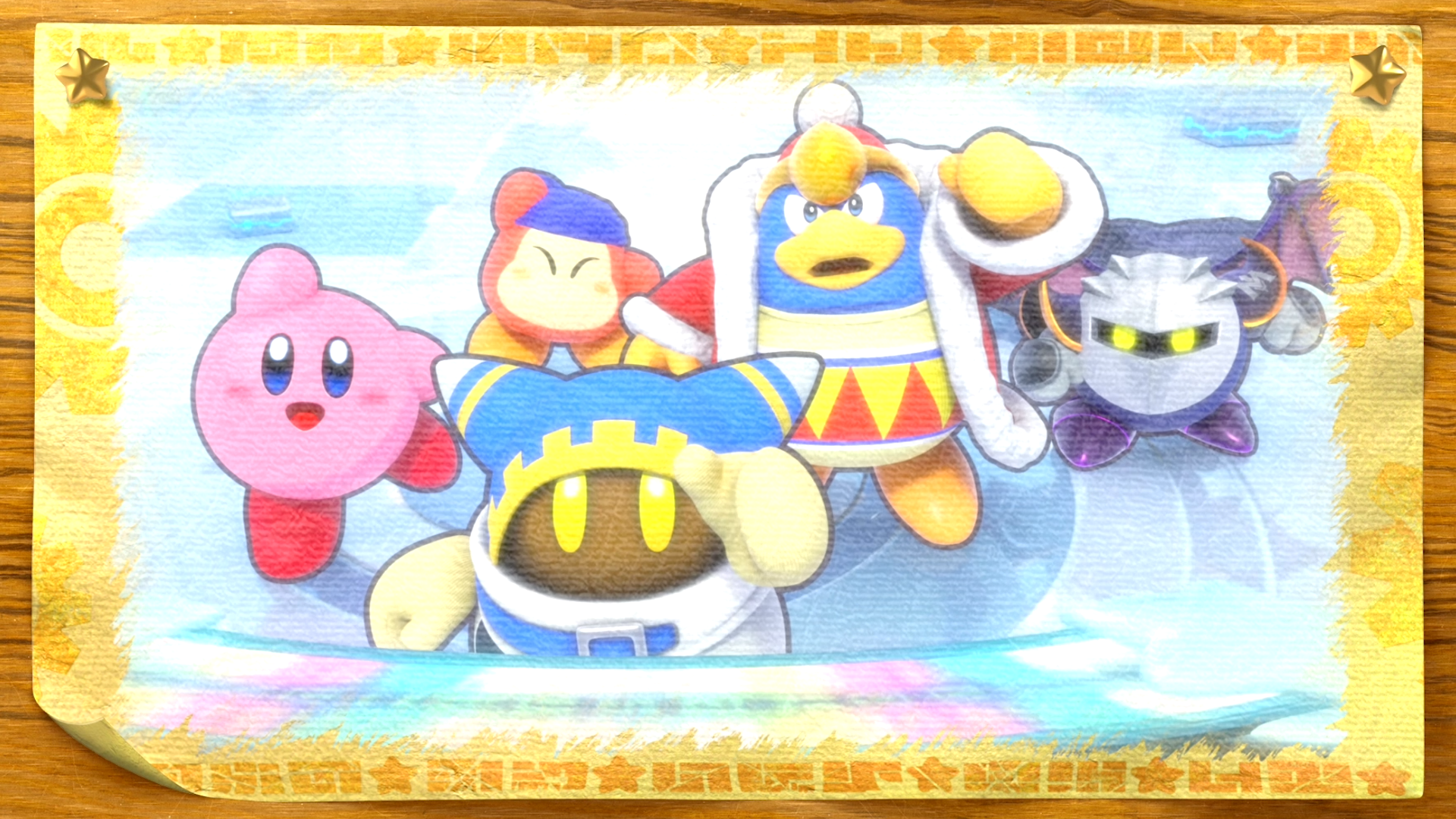
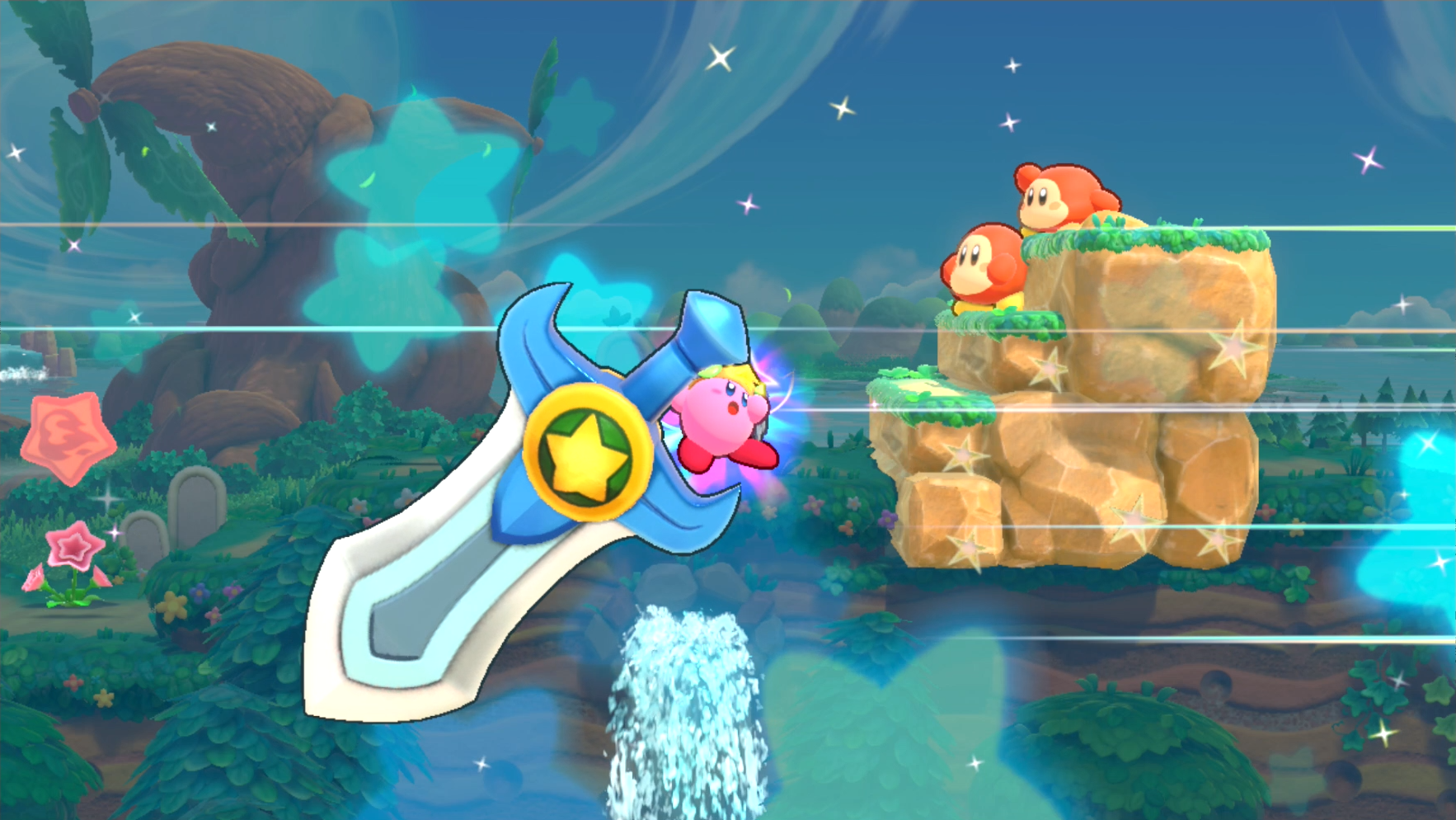
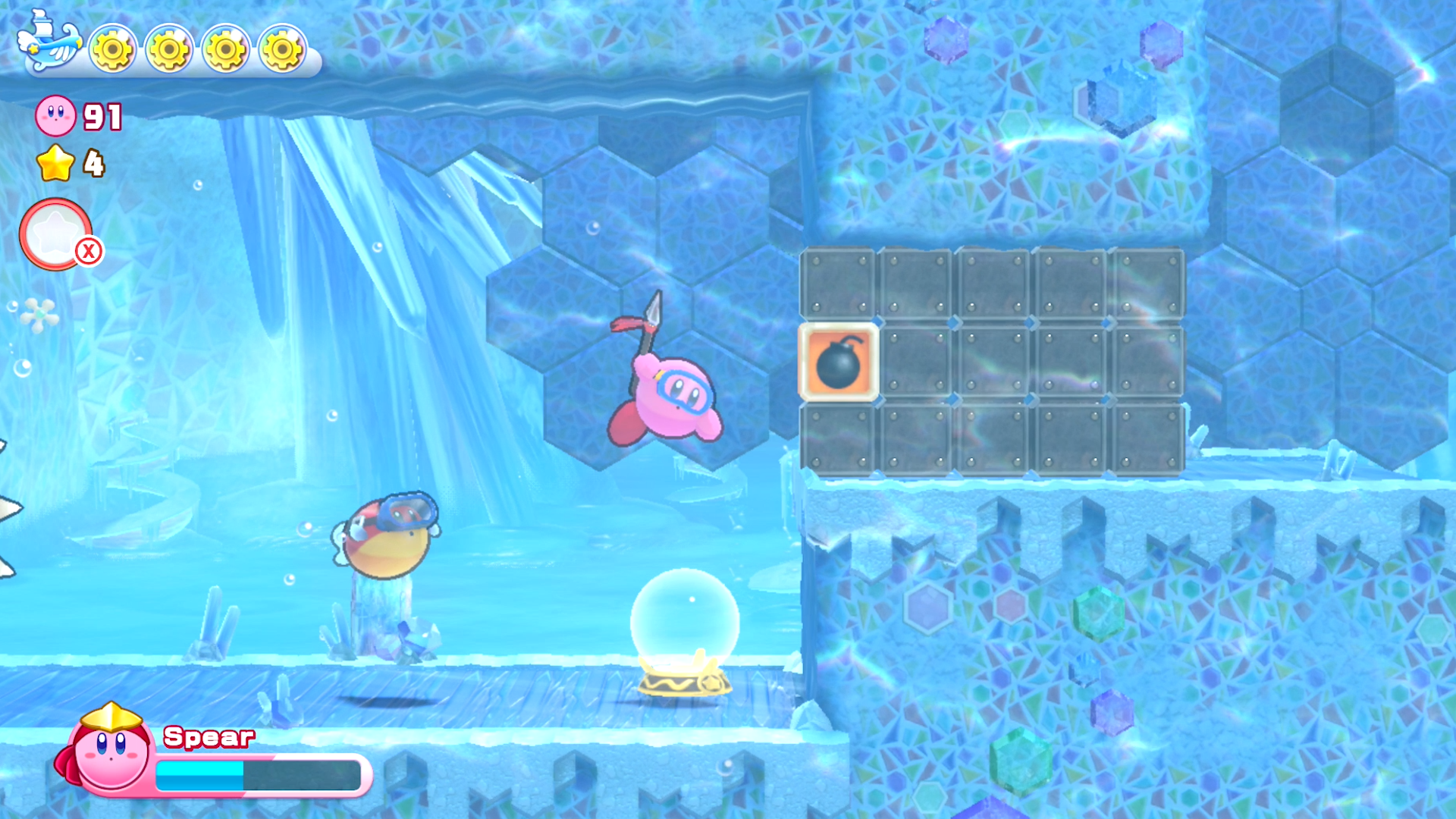
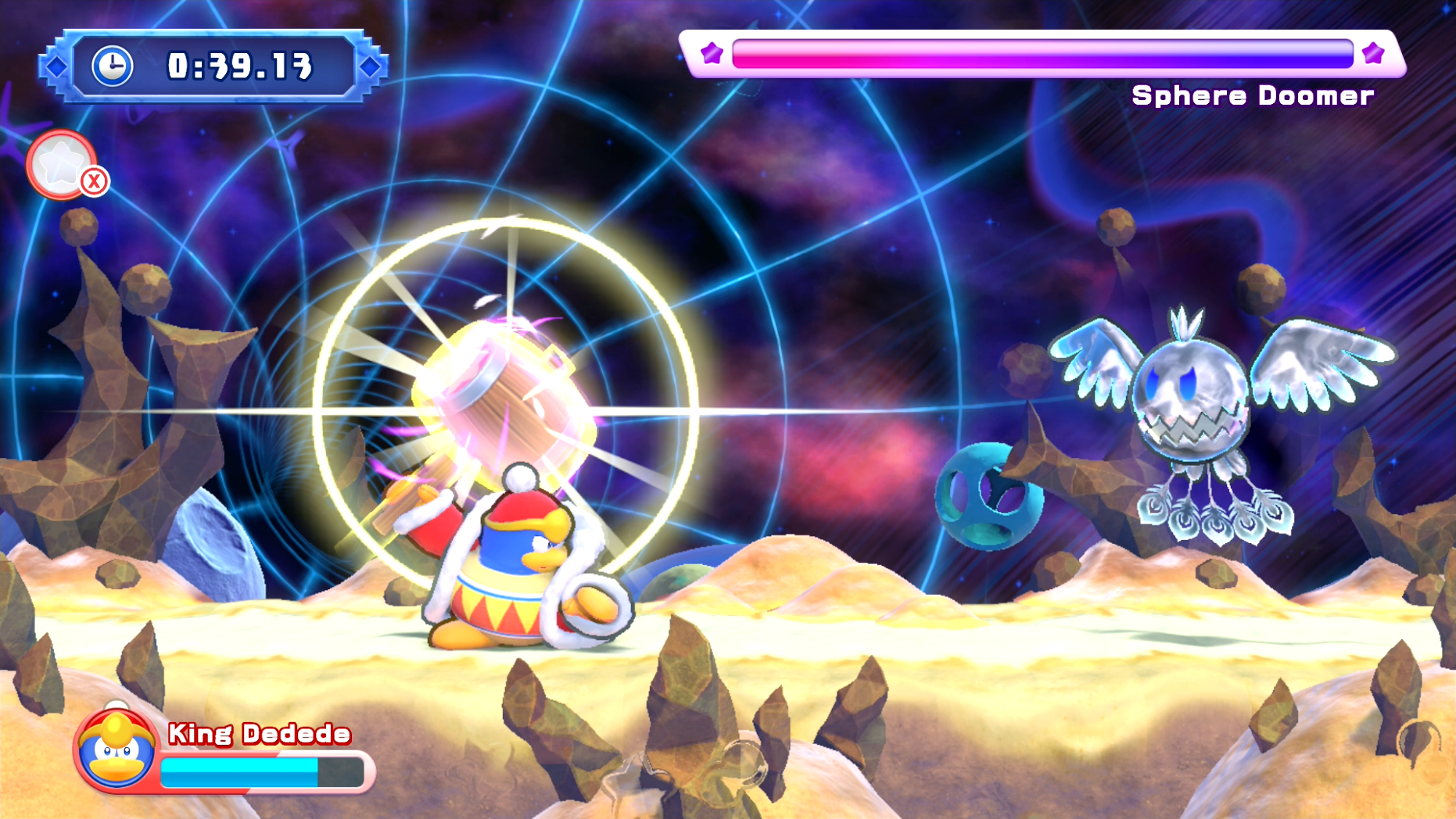

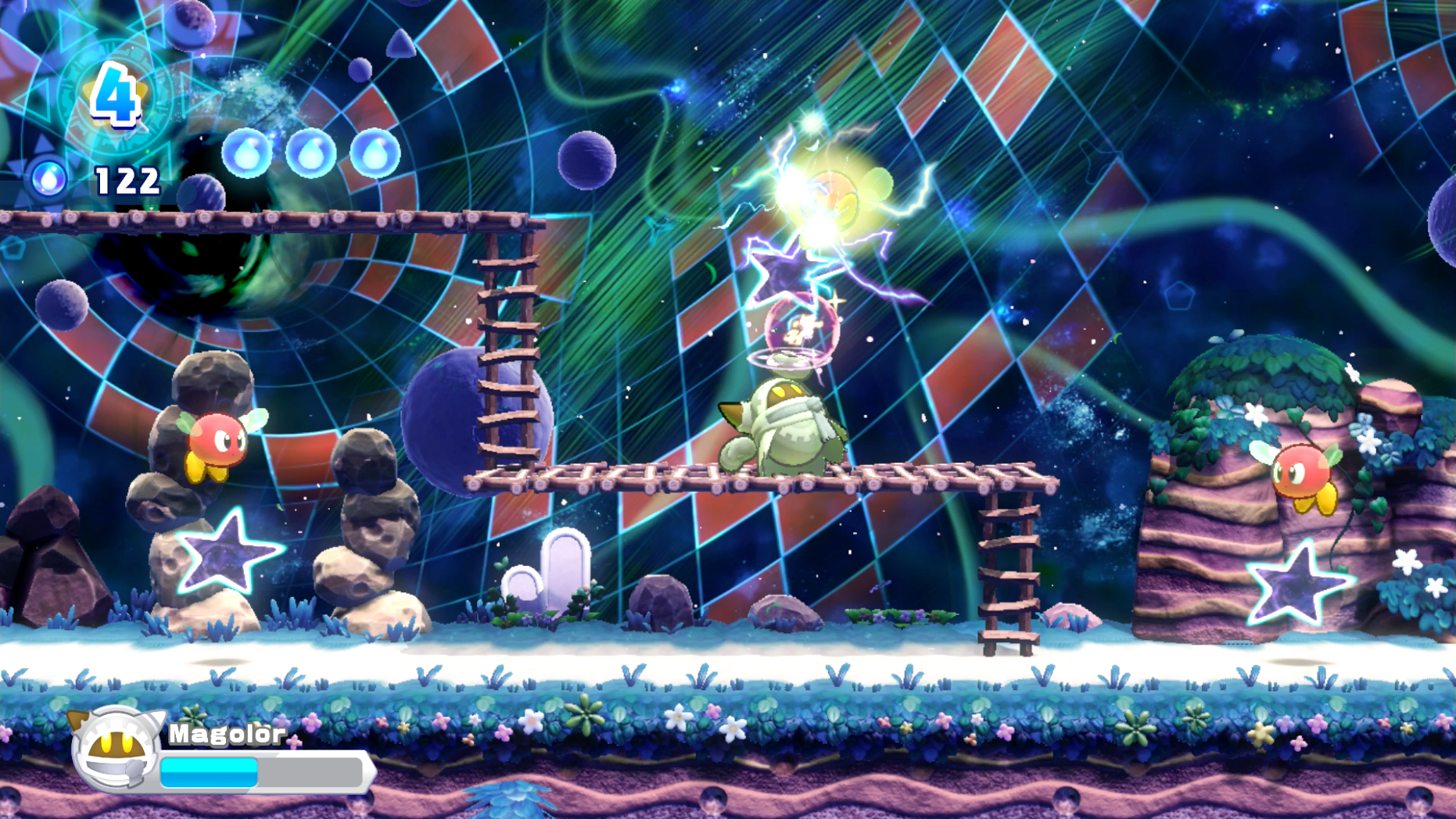


As a remake we never thought we would see, Super Mario RPG delivers on its apparent mission to honor the original Super Nintendo game while elevating it to new heights.